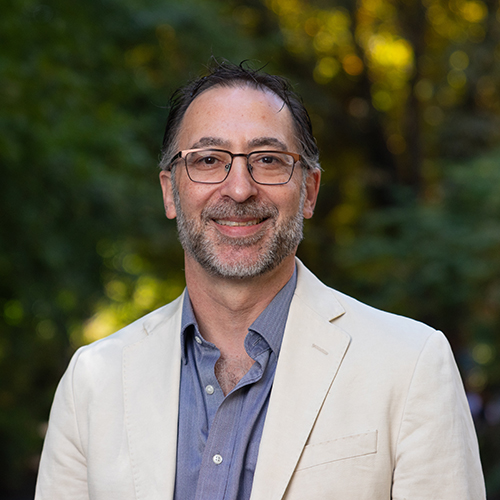Like oysters? Consider a visit to Willapa Bay in southwest Washington. The bay’s shoreline is packed with oysters—more, in fact, than any other area of the U.S. It is also packed with several species of oyster drill, a snail that feeds on the oysters, whose population is growing at an alarming rate.
Efforts to control the snails have been largely ineffective. But research led by Jennifer Ruesink, assistant professor in the Department of Biology, may lead to more effective approaches.
Both the oysters and oyster drills in Willapa Bay are non-indigenous. The oysters were introduced from Japan about 70 years ago, and the snails hitched a ride on the oysters. “There were diligent efforts to keep the snails out when the oysters were imported,” says Ruesink, “but eventually the snails slipped through.”

The snails’ common name, oyster drill, refers to their method of feeding on oysters. They attach themselves to the oyster, secrete an acidic substance for about 40 minutes, then scrape round holes in the oyster shell and eat the oysters.
An oyster drill can consume about one oyster every three days. That may not sound like much, but with densities of 800 snails per square meter (about 75 snails per square foot), they can do considerable damage. They are particularly worrisome for one indigenous oyster in the region, the Olympia oyster. While the non-indigenous oysters have naturally co-existed with oyster drills, the Olympia oyster has no native drilling predators and is smaller, with a thinner shell.
“The native oyster remains at extremely low densities, even though it’s rarely collected by humans anymore,” says Ruesink. “Interactions with introduced predators may be part of the problem.”
The oyster industry has tried to control the snail population, with little success. Sixty different chemical treatments have not worked, and removing adult snails has not solved the problem. Ruesink’s research suggests a more effective approach: targeting the snail’s eggs.
Ruesink explains that, in the past, people searching for solutions have not looked for weak links in the snail’s life cycle. “I’ve been focusing on the life cycle and looking for those weak links,” she says.

Ruesink and her team have spent much of their time at Willapa Bay, in chest waders and thick gloves, attaching numbered vinyl tags to snails with superglue. “We’ve marked 5,000 snails over the past two years and followed their progress—how fast they grew, whether they died,” says Ruesink. “It was like a treasure hunt every time to look for these marked snails. When I would find one, I would get excited, knowing that it would be a useful data point.”
By inputting this data in a computer model, Ruesink found that the snails’ reproductive phase was the weak link in their life cycle, and that targeting their eggs would probably be the best method of population control. Now she is hoping to test the reliability of her computer model.
“These sorts of models are used in conservation a lot,” Ruesink explains, “but with most species, researchers can never test whether the model gave them the right answer. There are too many variables that cannot be controlled.”
There are fewer variables with oyster drills, says Ruesink, because the snails’ populations are relatively closed. The adults do not travel long distances—after all, they literally move at a snail’s pace—and after they deposit their eggs on oyster shells, their offspring emerge as miniature versions of the adults rather than as larvae that could disperse more freely.
Ruesink plans to compare the effectiveness of removing adult snails versus removing eggs to test the accuracy of her model. “If our model is correct, removing half of the adult snails from an area should not change the population much, but removing egg capsules should make a big difference,” explains Ruesink. “If we find that the model has provided the right answer, it will have very broad applied value in conservation.”
In the meantime, Ruesink has been sharing her findings with the oyster industry. “I hear they are now going out with screwdrivers to remove the egg capsules off of shells,” says Ruesink.
“They are hearing the message.”
More Stories

The Public Impact of Private Cities
Geography major Edwin Bai has researched private cities, developed by individuals and corporations, that "take the libertarian idea of low government regulation to the maximum."

Demystifying Quantum
In a physics course for non-STEM majors, Professor Miguel Morales teaches quantum mechanics without the advanced mathematics most quantum courses require.

The Curious Journey of Chinese Characters
Several Asian countries adapted the Chinese writing system—the oldest writing system still in use—for their own languages. In a new book, Professor Zev Handel shares how that happened.